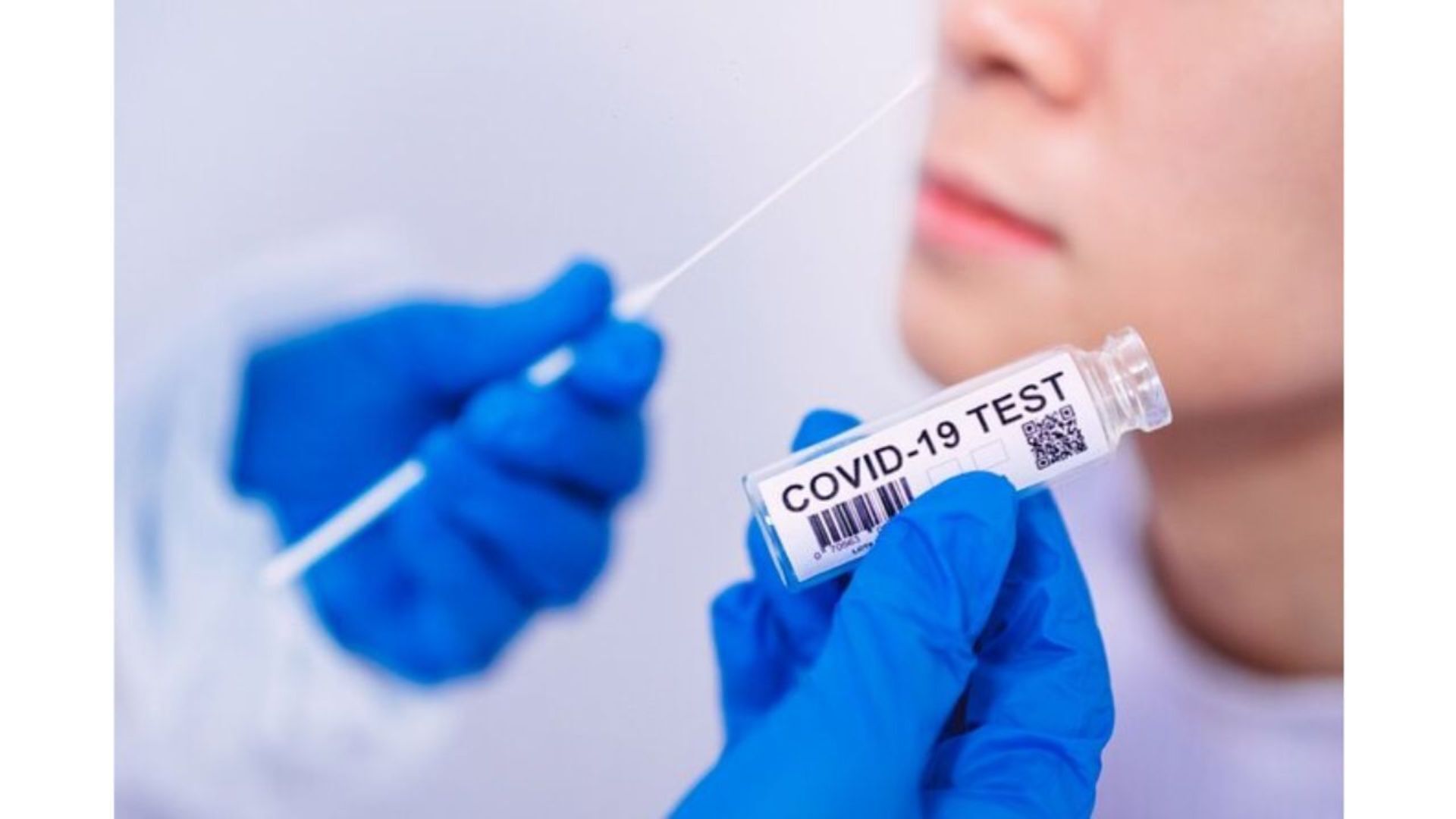

The reason for this is that it is common for COVID-19 testing that the same person is tested more than once. The number of tests performed is different from the number of individuals tested. For citizens to trust and understand the published data, and for epidemiologists to incorporate the data into the models that inform public policy, it is crucial that every country provides the data on testing in a clearly documented way.ģ) Do numbers refer to ‘performed tests’ or ‘individuals tested’? It’s critical that governments provide a detailed and explicit account of the technologies that are being implemented as they get rolled out, disaggregating the test results accordingly. There are many different technologies for COVID-19 testing, some of which are already implemented, some currently available but not yet rolled out, and some still in development. As we discuss here, these different tests are used with different objectives in mind, and there are technical differences in how results from these different testing technologies should be interpreted. The available data is often not easy to find, because some countries are releasing figures at unpredictable intervals in ad-hoc locations (including social media or press conferences).Ģ) What testing technologies are being used? The first question to ask, then, is if there is any testing data for a given country.Įqually important is to make the available data findable. Many countries do not provide official figures. Testing figures typically only include laboratory tests, and positive laboratory tests are usually still required to confirm cases of COVID-19 the interpretation of the positive rate could therefore be affected.ġ) Is there no data – or it is just hard to find? Case confirmation is generally based on a positive result from a PCR test and/or an antigen test, so including antibody tests in our figures would mean they were less useful for this purpose.Īt-home self-tests are widely available in many countries. Those that test for the presence of antibodies, aiming to establish whether an individual has been infected at some point in the past.Ĭurrently, we aim to include only PCR and antigen tests in our testing dataset, as our focus is on using testing data to help properly interpret the data we have on confirmed cases and deaths.3 Rapid antigen tests have also become commonly used in many countries, especially for the purpose of mass testing. The most common way of performing a test of the first type is with a PCR (polymerase chain reaction) test. Those that test for the presence of the virus, aiming to establish whether an individual is currently infected.There are many technologies for COVID-19 testing, some currently available and some still in development.īroadly, we can divide these different tests into two kinds:


 0 kommentar(er)
0 kommentar(er)
